


10 Charming World Heritage Cities
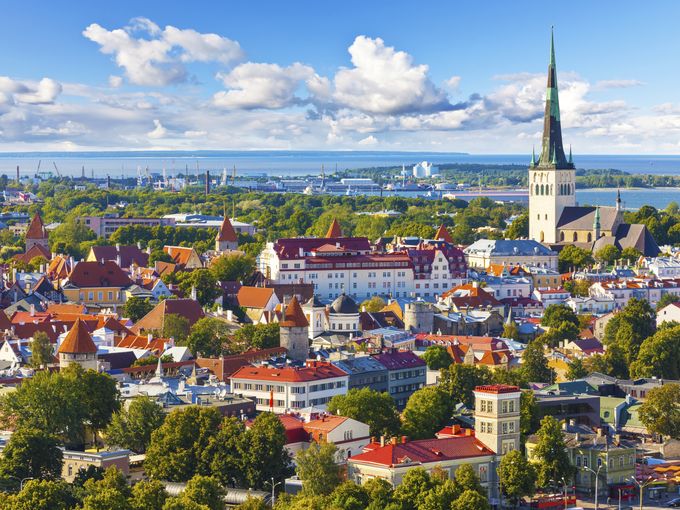
Tallinn, Estonia: With opulent church spires, a castle, and winding streets still using names from the Middle Ages, Tallinn is more than the capital of Estonia. In 2011, it was designated a European Capital of Culture, and according to UNESCO, it's "an exceptionally complete and well-preserved" medieval trading city on the Baltic coast. Thinkstock/iStock
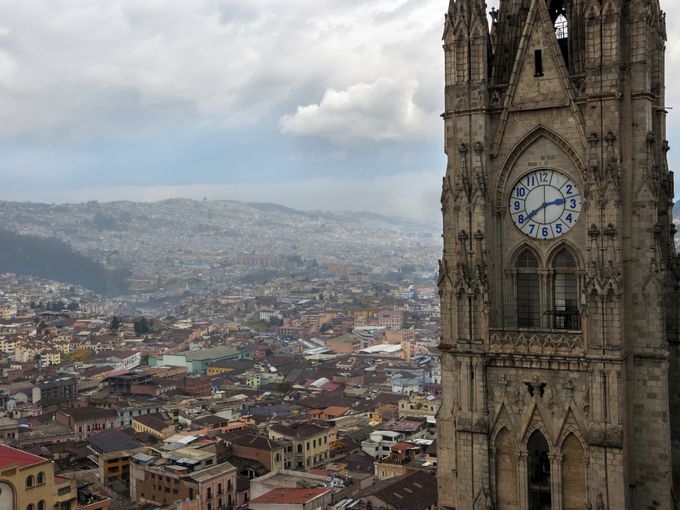
Quito, Ecuador: Flanked by the active Pichincha Volcano and founded in the 16th century on the ruins of an Inca city, Quito is the main juncture in Ecuador where nature and culture meet. Set on a plateau in an Andean valley, it's the highest capital city in the world, and despite rumblings from frequent earthquakes, the city is considered by UNESCO to have the "best preserved and least altered" historic center in Latin America. Thinkstock/iStockphoto
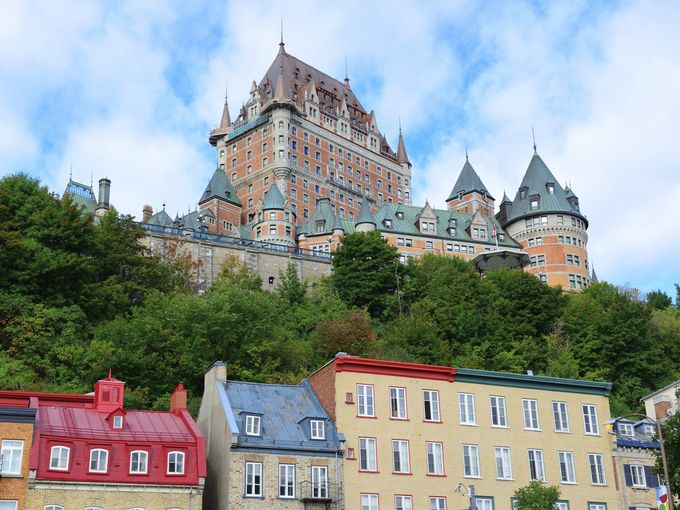
Quebec: You'll find plenty of Old World charm in Quebec, whether dining alfresco on warm summer days or strolling twinkle-lighted streets on sub-zero evenings. Although its towering chateau and local language evoke France, this colonial World Heritage city is undeniably Canadian. Join Carnaval de Quebec revelers in sipping caribou (a spirited brandy drink made to counter the winter chill), or dive into some poutine, a dish of fries smothered in brown gravy and squeaky cheese curds. Thinkstock/iStockphoto
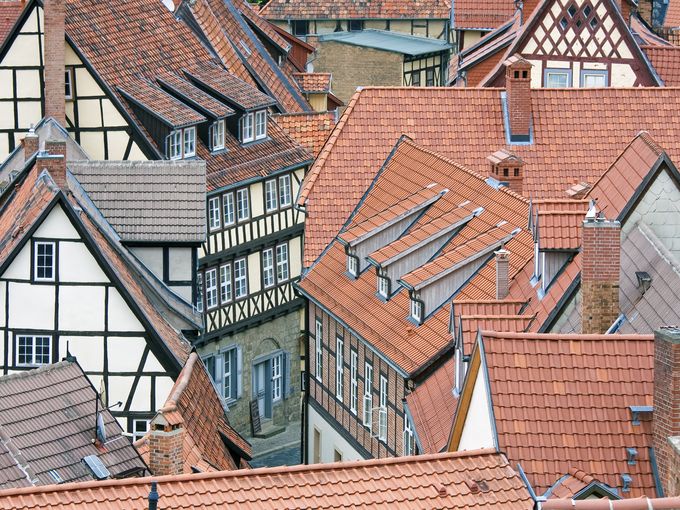
Quedlinburg, Germany: North of Germany's Harz Mountains, a castle rests high up on a hilltop and half-timbered houses trimmed with flower-stuffed window boxes hug narrow lanes. Quedlinburg has been refining the definition of classic European charm for more than 1,000 years. And its preserved Old Town, a prosperous trading center since the Middle Ages, has caught the eye of UNESCO. Thinkstock
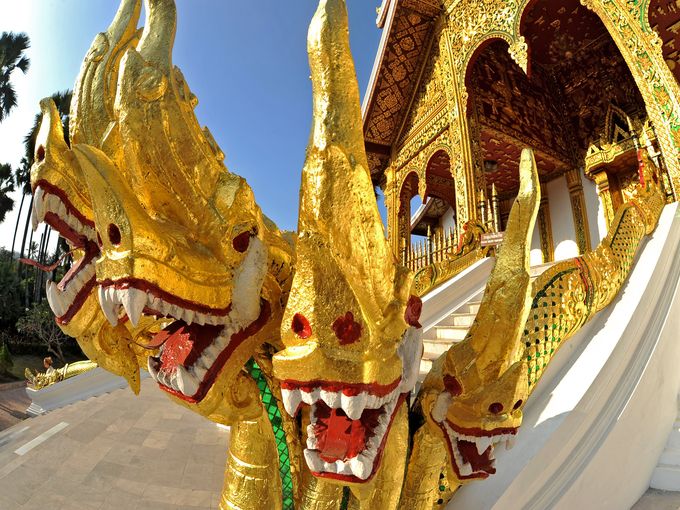
Luang Prabang, Laos: In laid-back Luang Prabang, flower-framed temples grace hillsides as the tranquil Nam Khan river flows through town until it meets the Mekong. As a local legend says, the Buddha would have smiled when he rested here during his travels. Wake up early to see the silent procession of saffron-robed monks receiving alms and rice, and then spend the days wandering among the traditional wooden houses, with their mix of Lao and European influences, that are worthy of World Heritage status. Thinkstock/iStockphoto
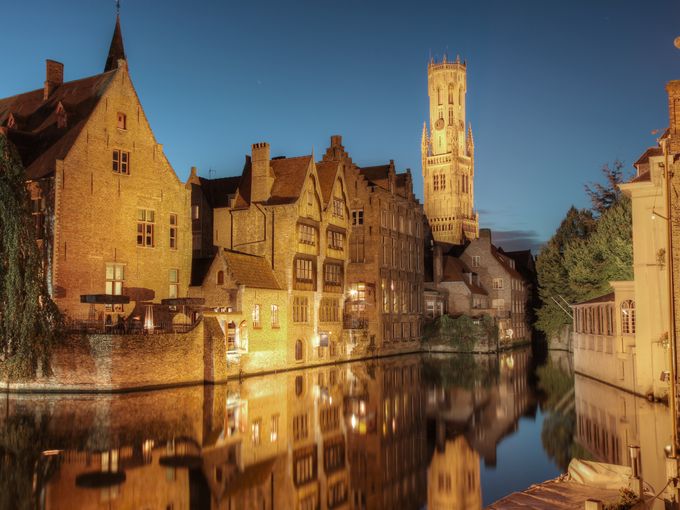
Bruges, Belgium: With rippling canals and old whitewashed almshouses, Bruges is picture-postcard-perfect. From an 18th-century bridge, watch swans paddle around the peaceful Minnewater, or "Lake of Love," which once served as a mooring place for barges. Or, meander along the often photographed Rozenhoedkaai and gaze at the medieval belfry that glows at night. This northern city in Flanders may resemble a living fairy tale, but its historic center, showcased by Lego-like brick Gothic architecture, qualifies it as World Heritage. Thinkstock/iStockphoto
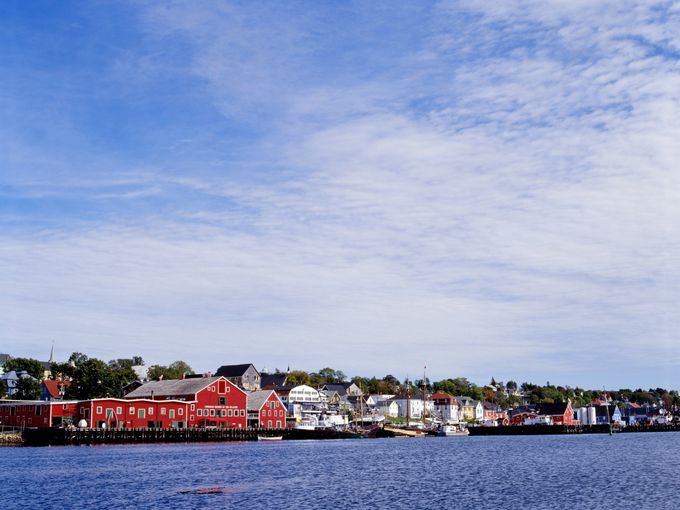
Lunenburg, Nova Scotia: Lunenburg's bright-red buildings form a timeless backdrop for the tall ships, such as the Bluenose II, that dance in and out of its historical harbor. Established in 1753, this British colonial settlement was the second "model" town (after nearby Halifax) and its economy was structured around fishing and shipbuilding. Nowadays, with its original look and feel still intact, Old Town Lunenburg remains an industrious seafaring center and has secured a spot on UNESCO's World Heritage list. Thinkstock/Design Pics RF

Arles, France: In the Provencal city of Arles, follow in the footsteps of Vincent van Gogh by retracing his brushstrokes at Le Cafe la Nuit (The Night Cafe) or envisioning Starry Night on a walk along the Rhone River quay. Here, in this painters' paradise, where people relax on terraces outside blue shuttered buildings and old stone streets wrap around ancient monuments, art and history are forever linked. In terms of UNESCO, the city is heritage rich. For example, Arles' Roman and Romanesque monuments will take you back to the 1st century BCE. Thinkstock/Hemera
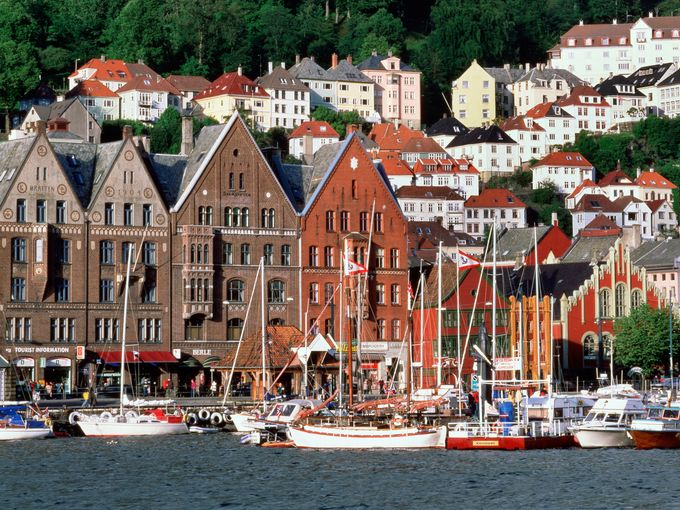
Bergen, Norway: In Norway's "Gateway to the Fjords," painted wooden houses with gabled fronts lean along the harbor, where market sellers entice shoppers with wild smoked salmon, caramelized brown cheese, and jars of orange-red cloudberry jam. Bergen is colorful, even on rainy days. It's also historical. Not only is it designated a World Heritage city, but its old wharf, Bryggen, is listed as a UNESCO site. Thinkstock/Top Photo Group RF
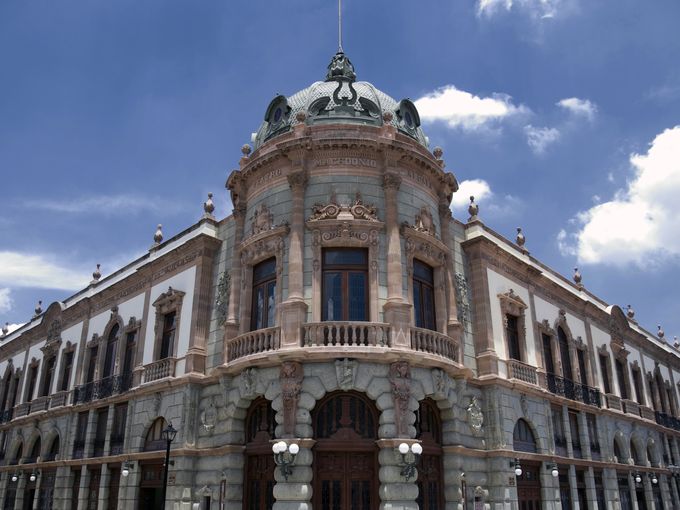
Oaxaca, Mexico: With indigenous handicraft markets, a renowned culinary scene, and world-class museums, Oaxaca is a haven for artisans and artists. It's also known for its architectural treasures. Founded in 1529 but inhabited since prehistoric times, this World Heritage city built on a grid pattern (with square blocks centered on a zocalo, or main square), earns UNESCO points for being a star example of Spanish colonial town planning. Thinkstock/iStockphoto




